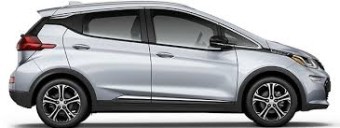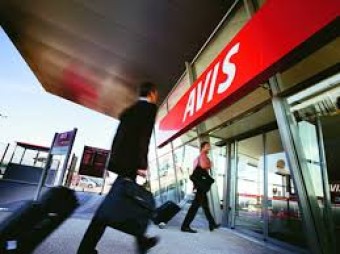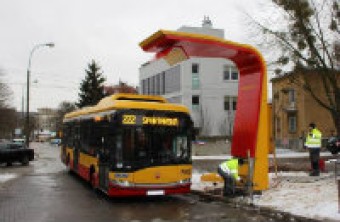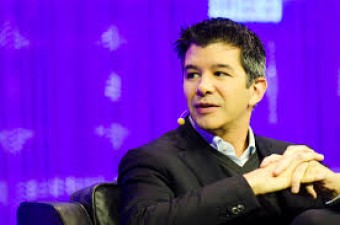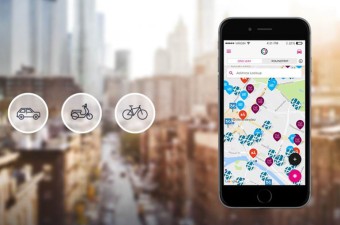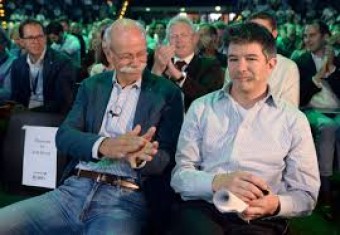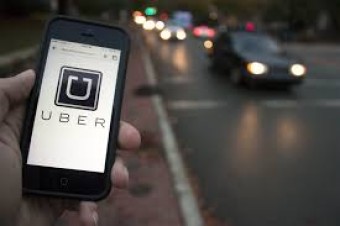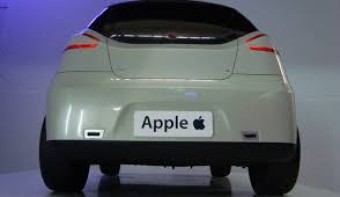Maven joins the City of Los Angeles in expanding sustainable transportation solutions
Maven, General Motors’ personal mobility brand, is working with the City of Los Angeles to evolve mobility and provide easier, more sustainable and more convenient options for ‘Angelenos’ to navigate the city. Maven’s seamless car-sharing application complements Los Angeles Mayor Eric Garcetti’s vision to leverage multi-modal transportation solutions to advance mobility and encourage more electric vehicles in the market. The collaboration is expected to increase opportunities in Los Angeles neighborhoods, from reducing mobility barriers to exposing all communities to transportation electrification.
Maven City car sharing in Los Angeles has seen an average of 56 percent member growth month-over-month since launching in October 2016, and Maven will leverage this existing platform as well as in-city infrastructure, fleet management capabilities and operational insights to help advance the City of Los Angeles’ Sustainable City pLAn. Maven members will play an integral role in informing the co-creation process and will provide valuable insights for future infrastructure and transportation developments.
The Chevrolet Bolt EV, with an EPA-estimated range of 238 miles, has launched in Los Angeles in Maven City car sharing and the Lyft Express Drive program. Maven supplies vehicles for Lyft’s Express Drive program, providing Lyft drivers with affordable access to weekly rentals of GM vehicles in select cities. By adding the Bolt EV, Maven could allow for up to 250,000 all-electric miles driven per month across all of its offerings. Maven also plans to offer the Bolt EV in San Francisco and San Diego.
To support the introduction of the Bolt EV to the Maven platform, the team is working with infrastructure providers on building a more effective, robust EV charging network. Drivers using the Bolt EVs, for example, will have access to free charging for a limited time via the entire EVgo Freedom Station network throughout California. Maven is also working with each of California’s investor-owned utilities, as well as Los Angeles Department of Water & Power, on infrastructure projects that can help encourage the use of EVs in the sharing economy.
Maven plans to collaborate with additional metropolitan cities to advance the development of future applications, including a fully electric autonomous network of vehicles tied to mass transportation stations.
Maven is the only program to offer the Bolt EV for both car-sharing and ridesharing applications providing immediate solutions for real-world mobility issues. The Bolt EV is uniquely suited for vehicle sharing. The compact hatchback seats five with room for cargo storage, and the flat floor facilitates easy entry and egress. The smooth, quiet electric propulsion is ideal for dense urban areas.
Maven City car sharing and the Bolt EV provide a pathway to autonomous vehicle deployment. The foundation for a shared electric and autonomous network linked to other mass transportation options can be leveraged by cities to provide unique mobility solutions.
In 13 months, Maven has launched three products and has grown to 17 cities in the U.S. and Canada: Ann Arbor, Michigan; Atlanta; Baltimore; Boston; Chicago; Denver; Detroit; Los Angeles; Jersey City, New Jersey; Nashville, Tennessee; New York City; Orlando, Florida; Phoenix; San Diego; San
Francisco; Washington, D.C.; and Waterloo, Ontario, Canada.
* Maven has more than 24,000 members who have made more than 27,500 reservations.
* Maven members have traveled more than 78 million miles.
* The average Maven City trip is 121 miles and lasts more than 12 hours.
* The Lyft Express Drive program with Maven in Los Angeles is currently the largest in the nation.
Pricing is simple and transparent, and includes insurance and fuel. A gas card is provided, and users are asked to return the vehicle with at least one-quarter tank of fuel to avoid an additional charge.
- Maven uses the Bolt EV in car-sharing and the Lyft Express Drive-programme.
